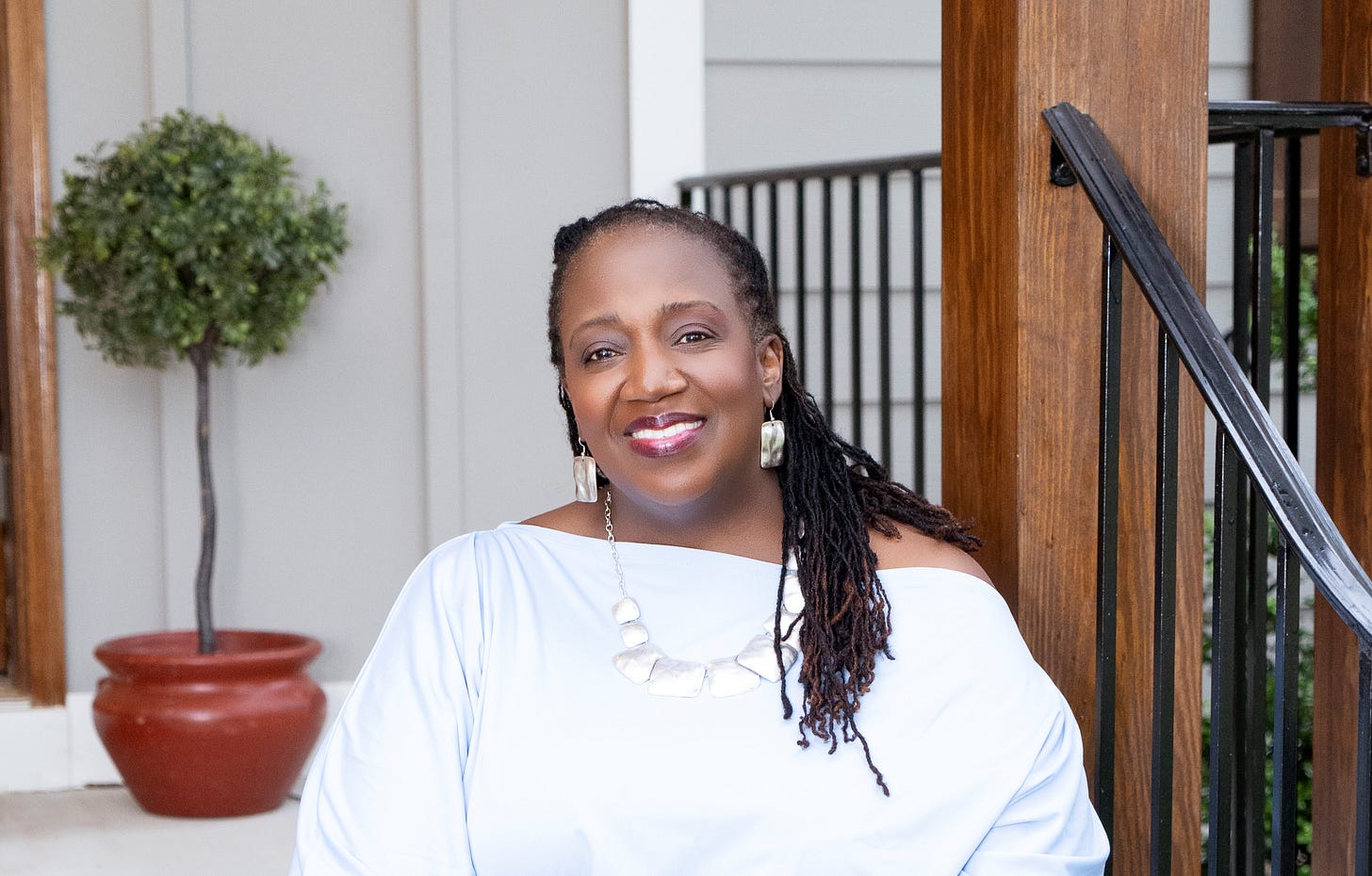The IEP Strategist: What schools and parents both need to know
Q&A with Kim Kizito, The IEP Strategist
Hello readers,
I have something special for you today. I started following The IEP Strategist Kim Kizito, MEd, on TikTok a long time ago and loved her content. I knew she would have some wonderful insights for this longer form, too, and I’m so glad she agreed to this Q&A. She’s hilarious and insightful. I hope you learn as much as I did!
MM: How did you g…
Keep reading with a 7-day free trial
Subscribe to Medical Motherhood to keep reading this post and get 7 days of free access to the full post archives.



